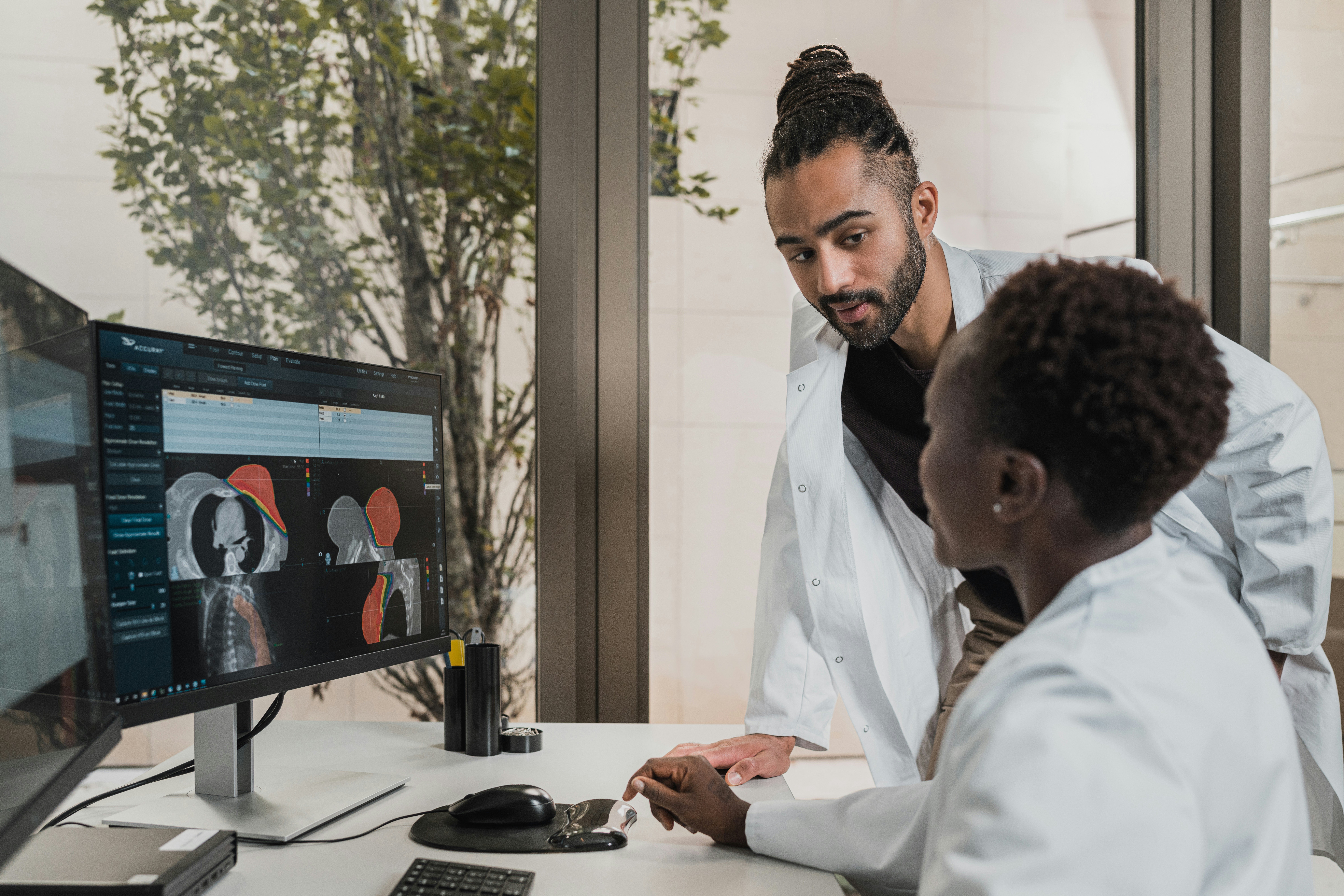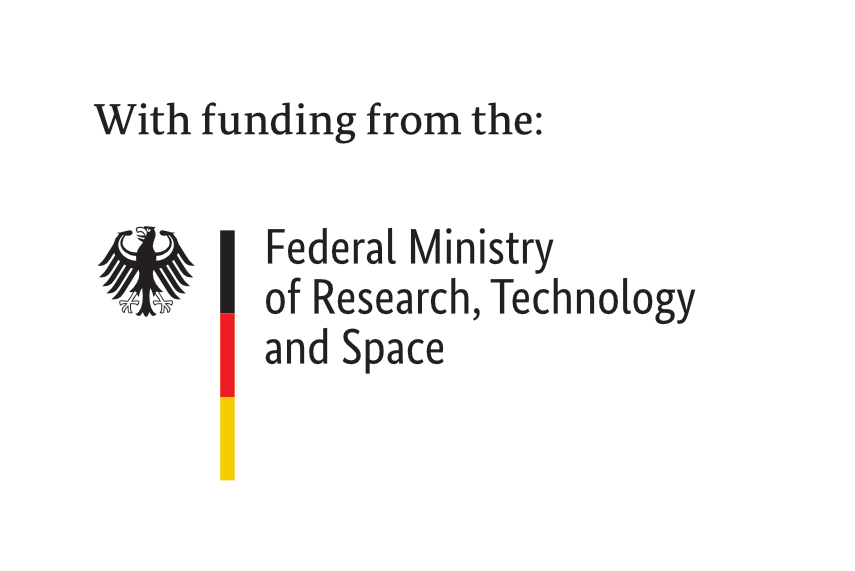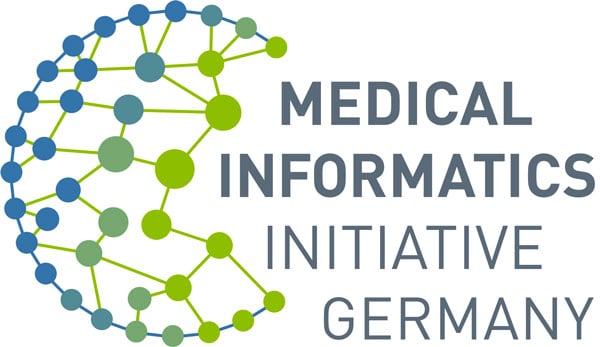Our HIGHmed Vision
The health sector is challenged with an ever-increasing variety of data types and data sources, including large amounts of clinically relevant data generated by traditional and new medical devices. Additionally, modern medicine is confronted with an unprecedented flood of data arising from recent technological breakthroughs, for instance in genome sequencing, imaging and remote sensing, which are becoming part of routine clinical care at an ever-growing pace.
Despite the massive increase in data sources, diversity and volume, only a surprisingly small fraction of data is currently integrated for routine processes in clinical practice. This integration is mainly hindered by a lack of sophisticated IT structures which could provide clinicians with a holistic view on all available data for optimal diagnosis and treatment. At the same time those data sets, which are often unique and invaluable, are not available for research purposes, which in turn hinders clinical research and the translation of research results into clinical practice.

Flood of data: challenges and opportunities

HIGHmed is working on new, dialog-capable medical informatics solutions with the aim of making medical patient data usable for clinical research and teaching across all locations. The focus is on building a technology platform that enables data-based and patient-centered decisions and thus contributes to better patient care.
Leading the way for data science in healthcare, HiGHmed identifies, analyzes and addresses key medical informatics issues facing modern research and care. Through the close collaboration of its members and partners and the combined expertise, HIGHmed develops open, interoperable and research-compatible solutions to support efficient, cross-institutional patient care and research.


